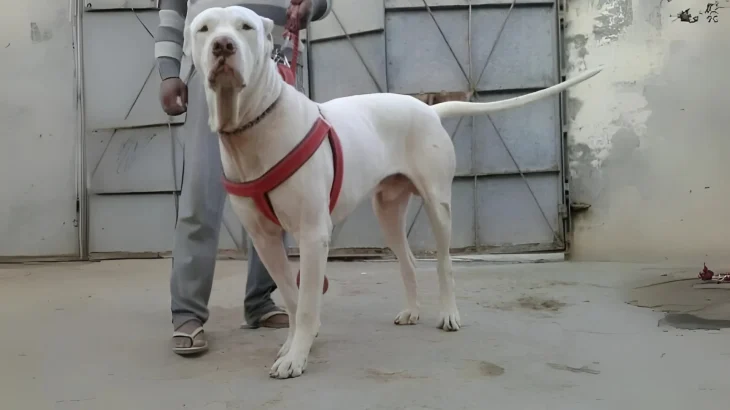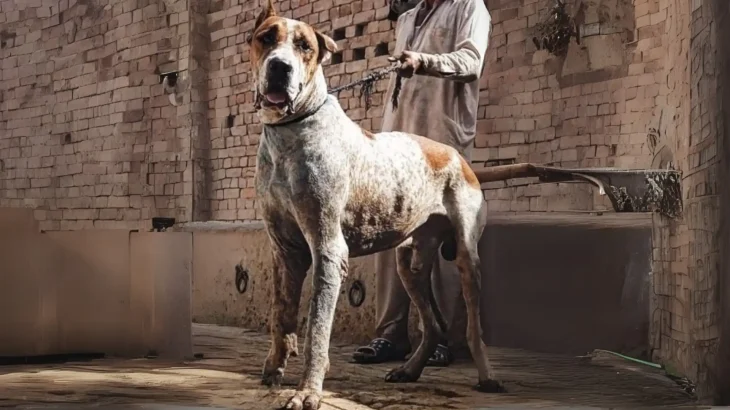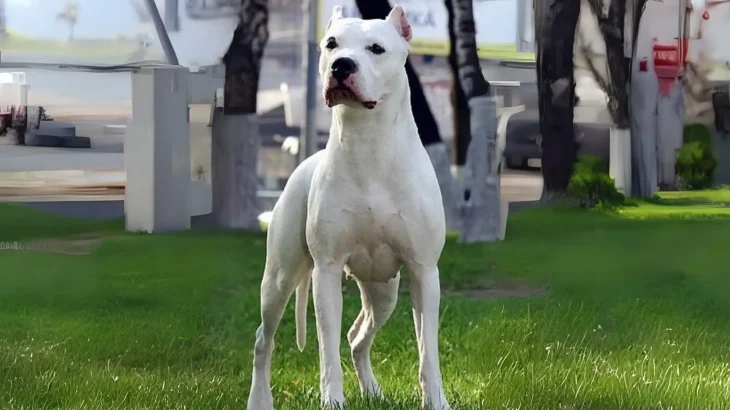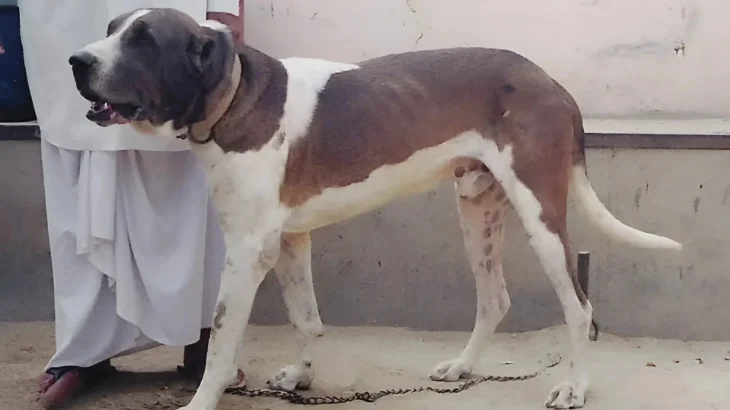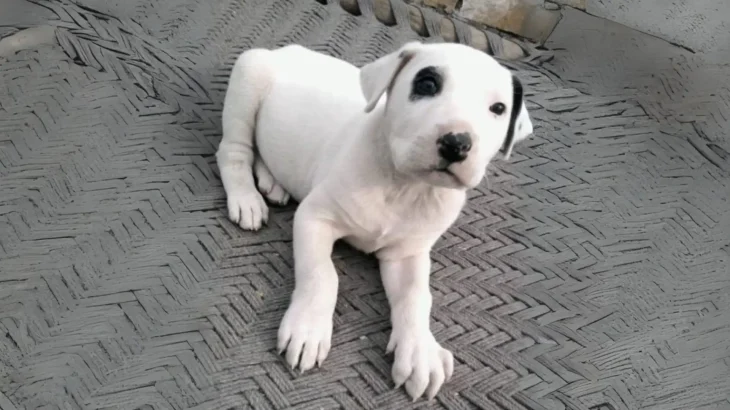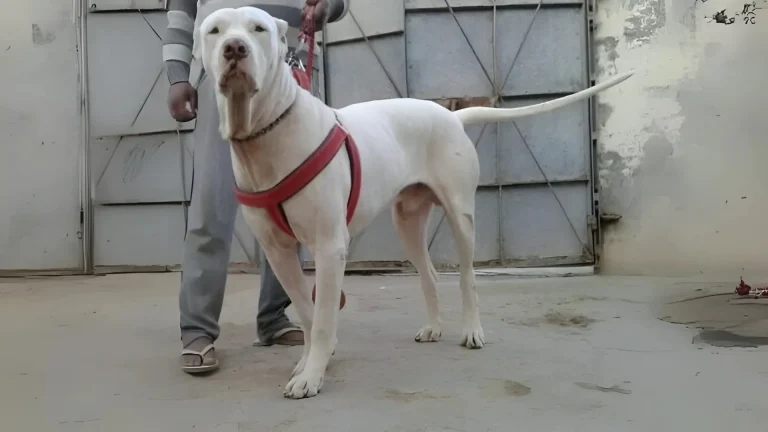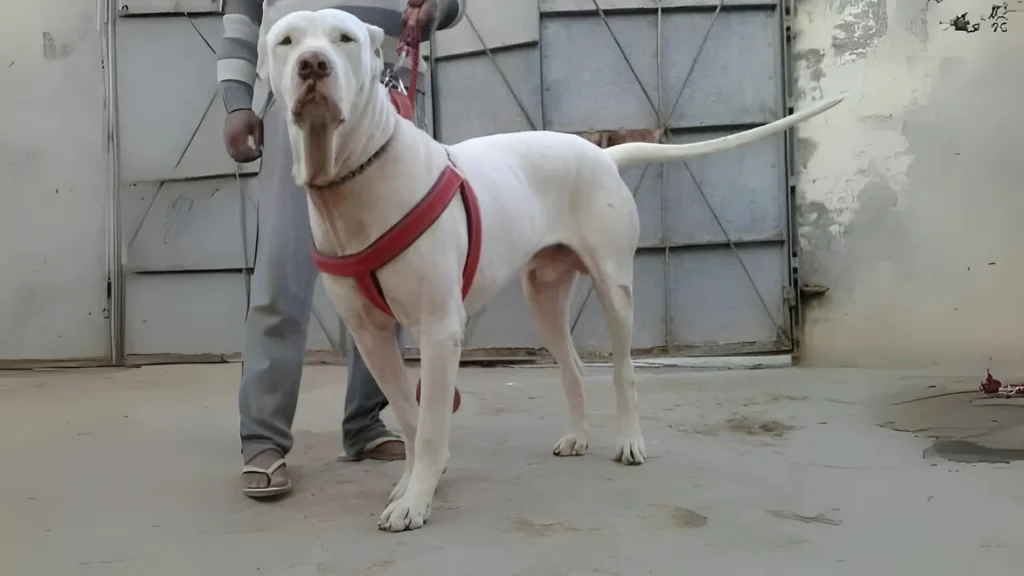When deciding on getting a Pakistani Mastiff puppy, you might wonder whether adoption or purchase is the better route. Each choice offers distinct advantages depending on your priorities, such as cost, health history certainty, and ethical considerations related to supporting breeders or rescue efforts.
Here's a quick comparison of adoption versus buying from a breeder:
| Criteria | Buying from Breeder | Adopting from Shelter/Rescue |
|---|---|---|
| Cost | Usually higher; Pakistani Mastiffs from breeders often come with a premium price due to breed rarity and pedigree. | Generally lower adoption fees, making it more budget-friendly. |
| Health History | Breeders often provide detailed health and genetic background, reducing uncertainty. | Health history might be unknown or limited, though basic health checks are performed. |
| Age Availability | Mostly puppies, allowing for early training and bonding. | Age varies; adult and senior dogs may be available, offering different experiences. |
| Temperament Insight | Breeders can share lineage temperament and behavioral traits, helping set expectations. | Shelter staff provide behavioral observations but full personality history may be unknown. |
| Ethical Considerations | Supports responsible breeders maintaining breed standards and health. | Helps reduce shelter overcrowding and gives a home to a dog in need. |
| Breed Purity & Pedigree | Generally guarantees purebred status with pedigree documentation. | Breed purity may be uncertain; pedigree papers usually not provided. |

